14 Visuals Explaining AI in Retail
This blog post tells the story of AI in retail through 14 key data visualizations. Each chart and graph reveals a crucial piece of the puzzle, from initial consumer expectations to the disruptive potential of autonomous AI agents.
Garret Farmer-Brent
8/14/2025


Forget the hype. The real story of AI's impact on retail is in the data. The following 14 charts provide a clear, visual roadmap to the transformation currently underway.
From what customers really want from AI to the rise of autonomous shopping agents, these visuals offer a data-driven narrative for business owners navigating the future of commerce.
In This Article (click to navigate):
The Modern Shopper: How consumers want proactive guidance from AI in retail.
Reinventing Loyalty with AI: Using AI for personalized, value-driven customer loyalty programs.
AI in the Aisles: How AI is transforming grocery, fashion, and beauty sectors.
The Trust Paradox: The challenge between AI personalization and data privacy concerns.
The Business Response: How retailers are focusing AI on backend operational efficiency.
The Next Frontier: The disruptive potential of autonomous AI agents for shopping.
The Modern Shopper: A Demand for Smarter Guidance
The story of AI in retail begins with a fundamental shift in consumer expectations. Shoppers are no longer satisfied with static, one-size-fits-all online experiences. They are actively looking for technology to cut through the noise and act as a proactive, intelligent guide.
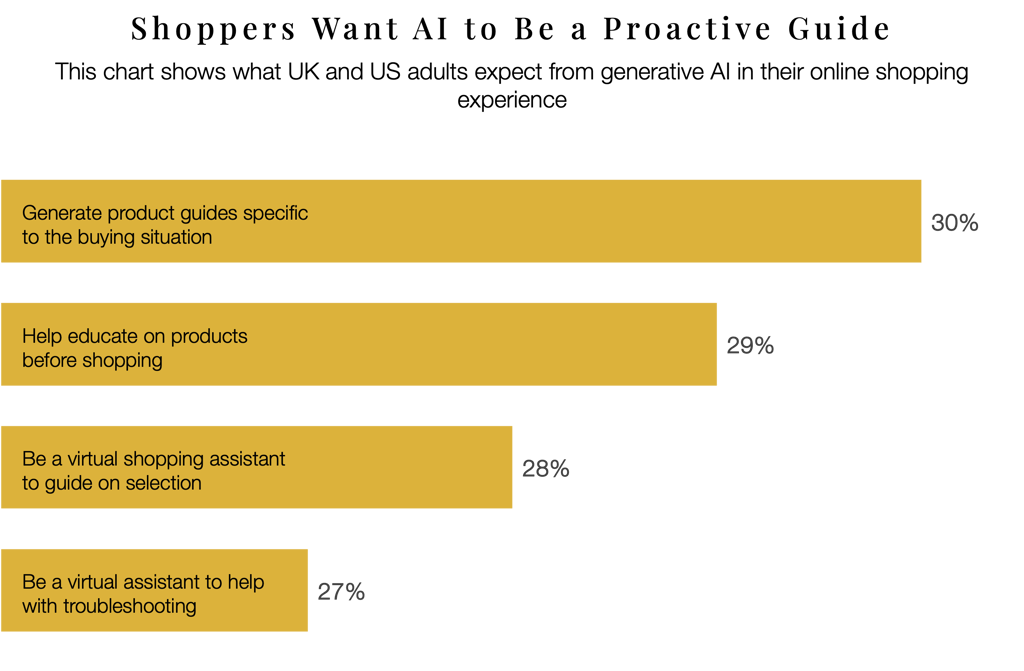

This desire for proactive assistance has opened the door for AI to become a trusted advisor. In a stunning shift, consumers who regularly use generative AI now trust its recommendations more than those from their own friends and family, placing it second only to the experience of being in a physical store.
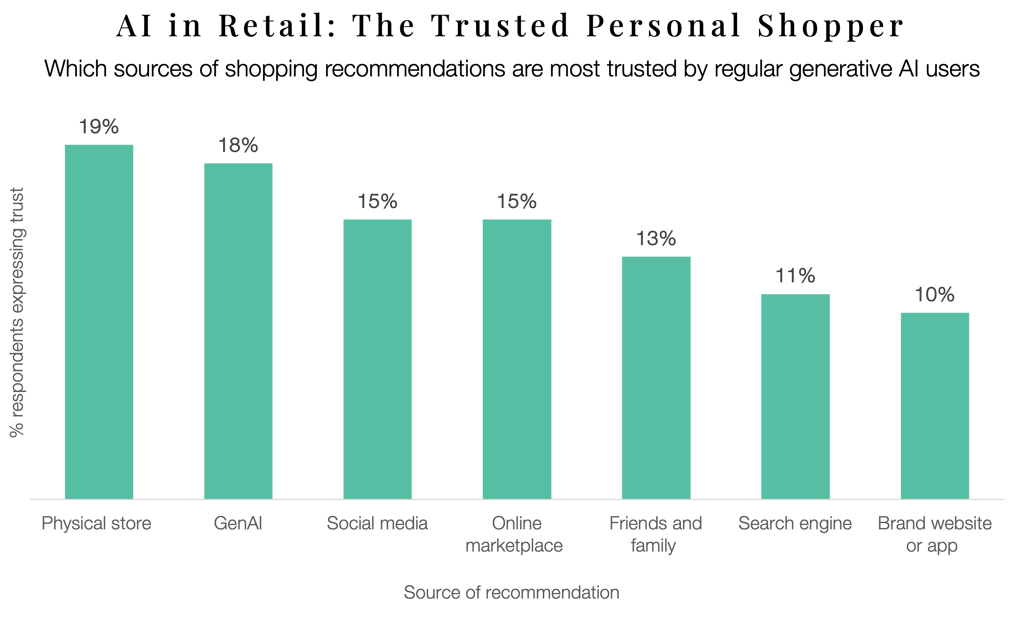

Reinventing Loyalty with AI
This growing trust has powerful implications, especially for customer loyalty. Traditional points-based systems are losing their impact because they fail to offer what customers truly value: tangible benefits.
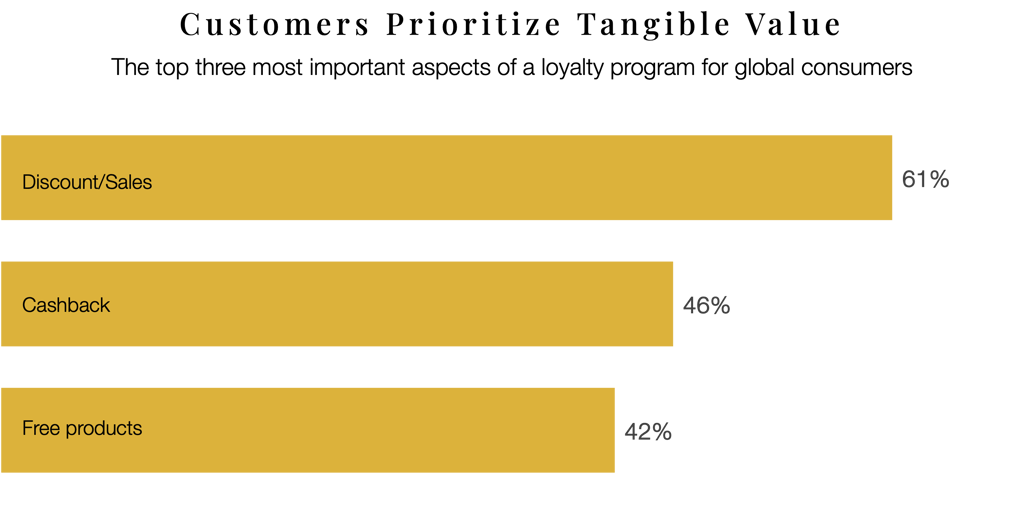

Recognizing this, consumers are showing significant interest in letting AI take the reins. A clear majority are open to using AI agents to manage and optimize their loyalty rewards, signaling a readiness for more personalized, intelligent loyalty programs that cater to individual needs.
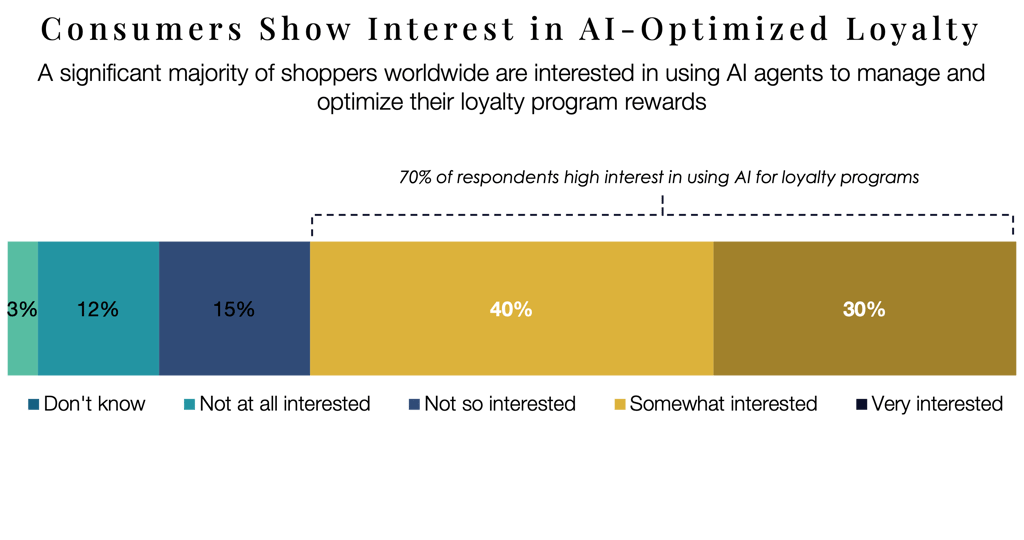

AI in the Aisles: Sector-Specific Transformation
This consumer appetite for AI is reshaping specific retail sectors. In the grocery industry, while many shoppers are still warming up to the idea, they clearly recognize AI's potential to make their shopping trips more convenient.
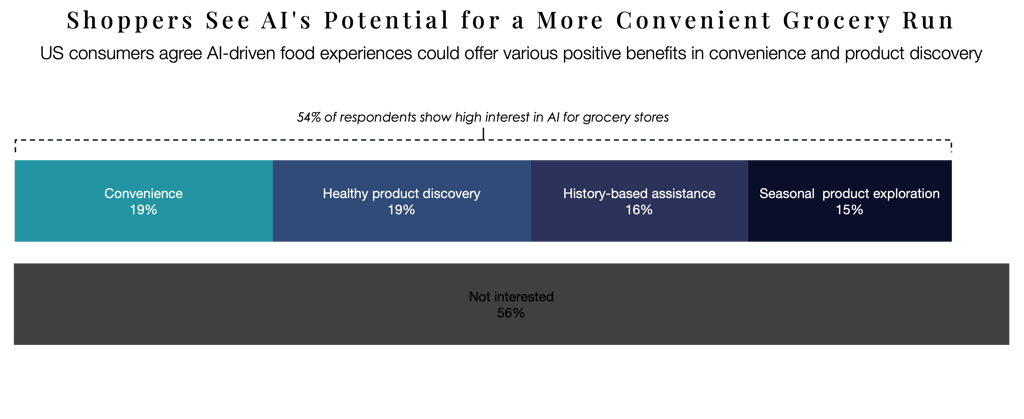

This interest is especially high for in-store technologies like smart carts. The massive gap between the small number of shoppers who have used them and the large number willing to try them represents a huge, untapped opportunity for grocery retailers.
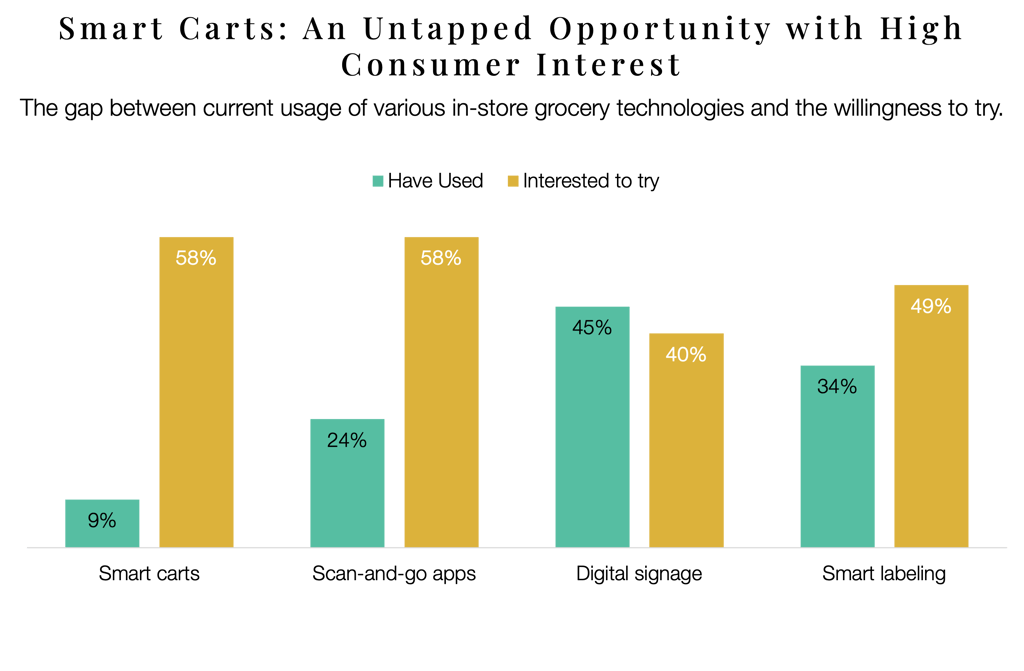

The same pattern is emerging in the fashion and beauty sectors. Consumers are actively seeking online styling advice and are interested in using AI to get personalized recommendations.
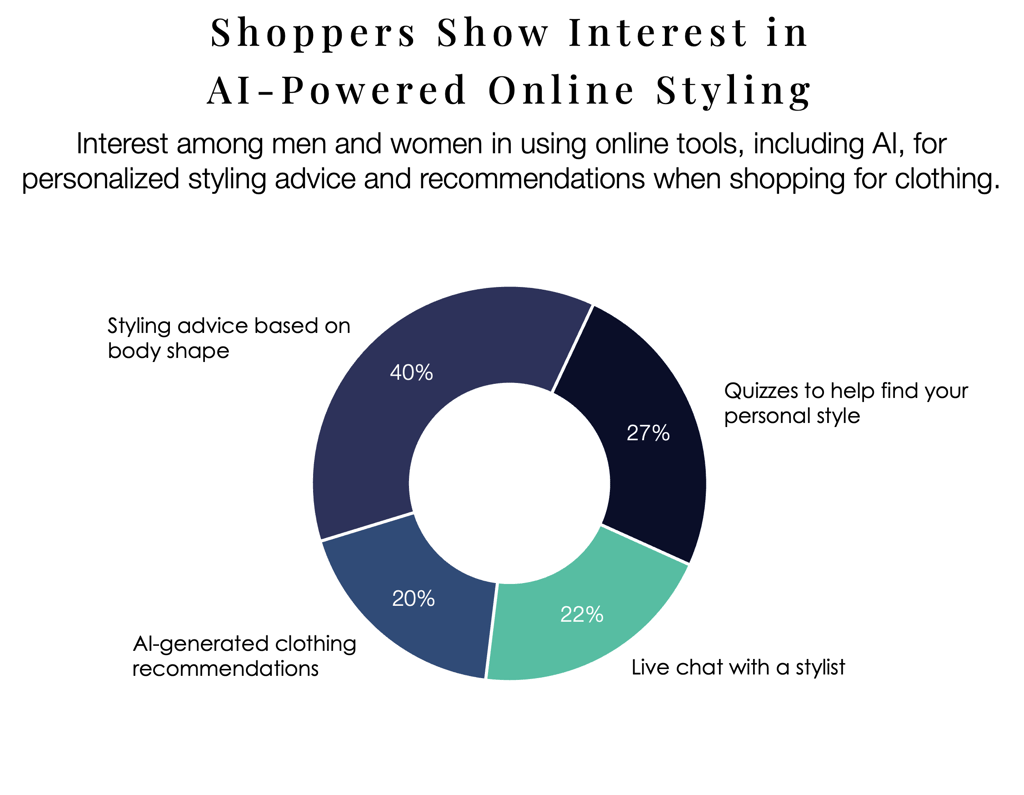

This is particularly relevant given that social media—a key channel for AI integration—is a major driver of product discovery and purchasing in the beauty industry.


The Trust Paradox: The Biggest Hurdle for AI Adoption
Despite the clear interest, a major challenge remains: the trust paradox. While shoppers are willing to act on AI's advice, their underlying concern about data privacy is a significant barrier.
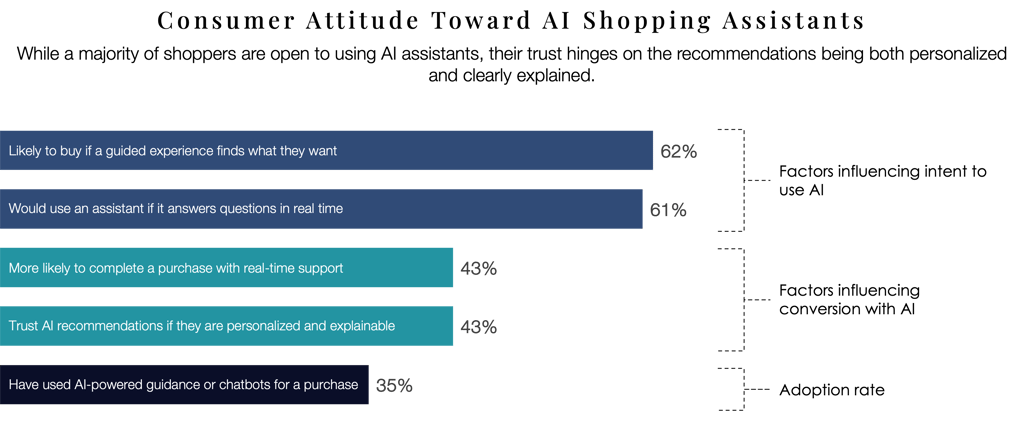

A staggering 76% of consumers are hesitant to share the very data needed to power these personalized experiences. This isn't a vague anxiety; it's rooted in specific fears. Consumers worry about security breaches, receiving irrelevant suggestions, and a sense of being "emotionally manipulated" by algorithms.
This highlights the critical need for retailers to prioritize transparency and security in their AI strategies, building trust by giving users control and clearly explaining how their data creates a better, more relevant shopping experience.
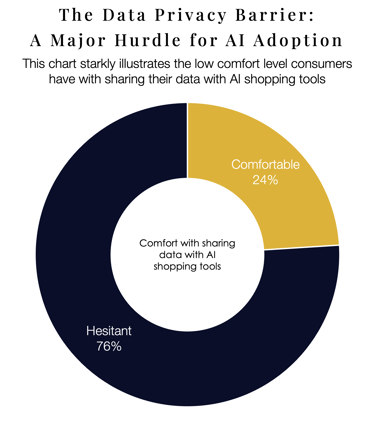

The Business Response: Where Retailers Are Focusing
Retailers are navigating this complex landscape with a mix of caution and ambition. For example, in the fast-food sector, the data shows that consumers have very little interest in customer-facing AI like drive-thru chatbots.
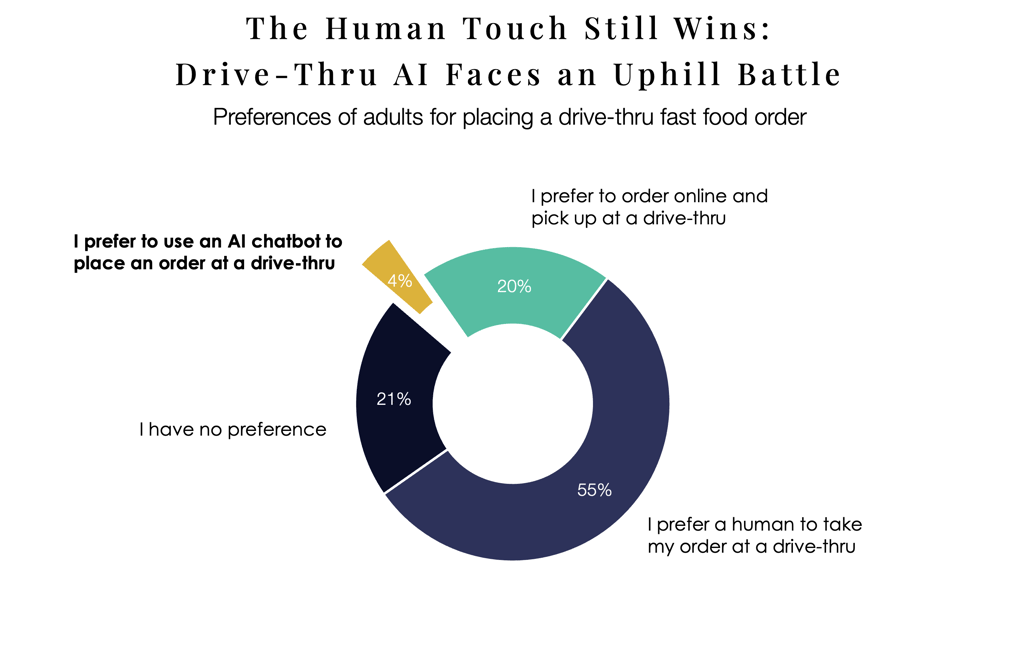

As a result, smart restaurant operators are focusing their AI investments where it delivers the most immediate value: in back-of-house operations like sales forecasting, marketing, and inventory management.
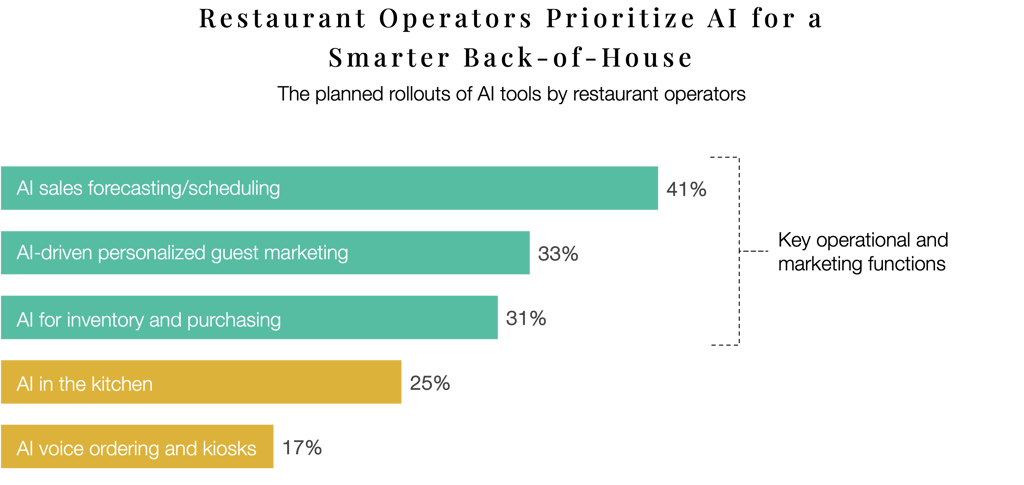

The Next Frontier: The Rise of Autonomous AI Agents
Looking ahead, the next major disruption is the emergence of autonomous AI agents for shopping. Consumer interest in delegating complex shopping tasks—from price hunting to completing the purchase—is incredibly high.
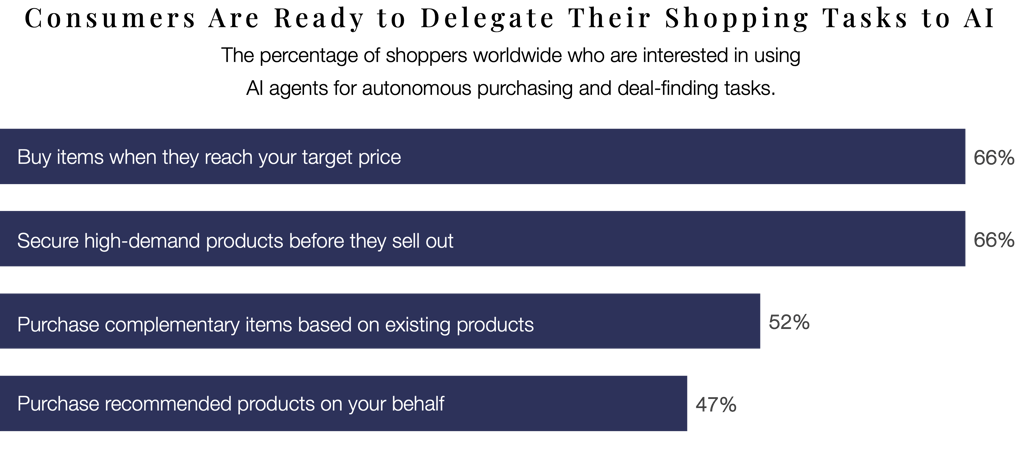

This shift poses a direct threat to traditional retail models. By intercepting the customer at the start of their journey, AI agents could bypass retailer websites entirely, disrupting the flow of traffic and ad revenue that many businesses depend on.
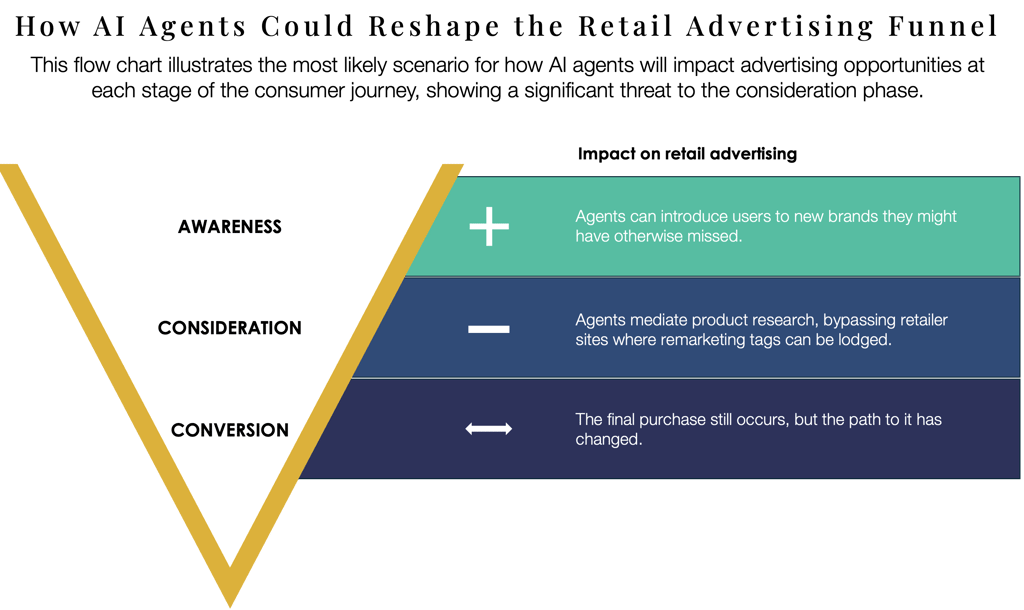

A Visual Roadmap to the Future
These 14 visuals tell a clear and compelling story. The era of AI in retail is here, driven by consumer demand for smarter, more personalized experiences. While significant challenges around trust and privacy remain, the momentum is undeniable. From the back-of-house to the new frontier of autonomous agents, the businesses that understand this visual data and adapt their strategies accordingly will be the ones to thrive in a truly AI-driven world.
Begin your AI business upgrade today by taking our comprehensive AI Readiness Assessment.
You'll receive a full business analysis report at no charge.




